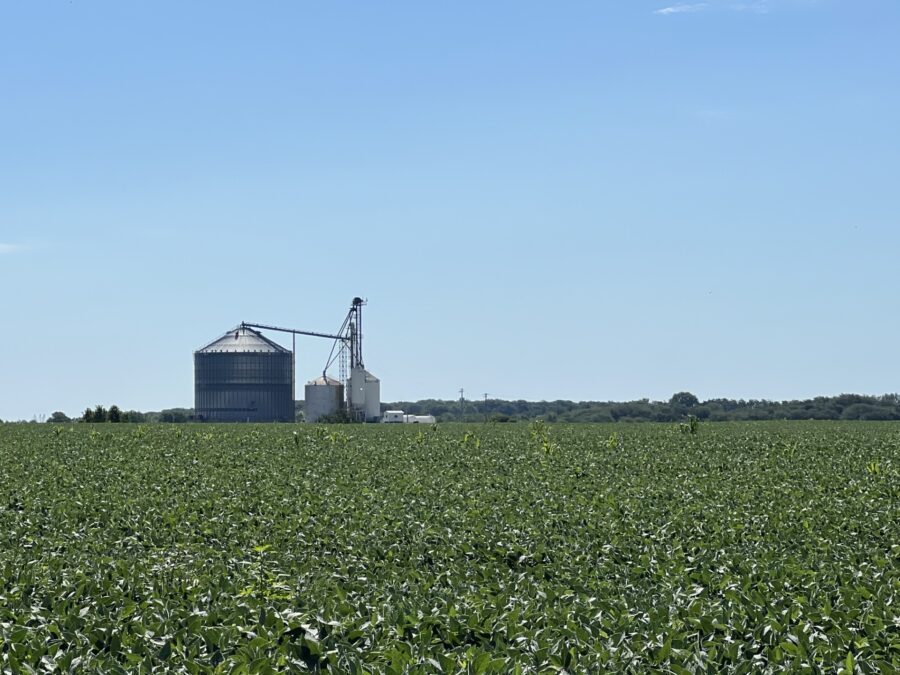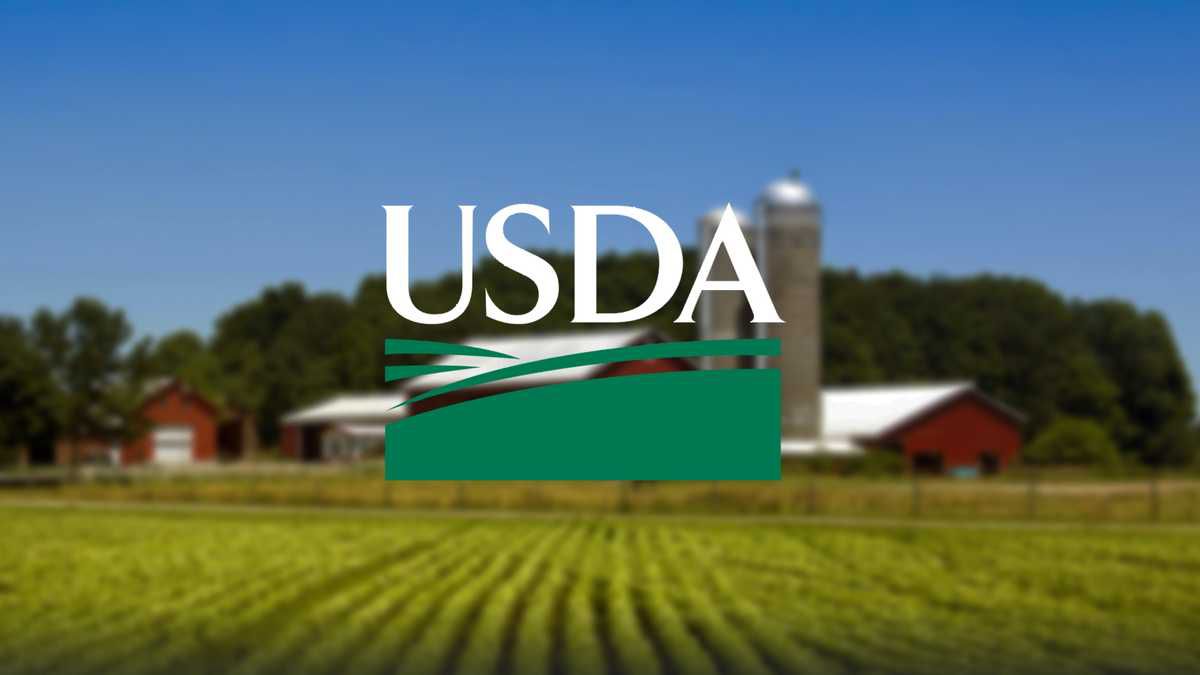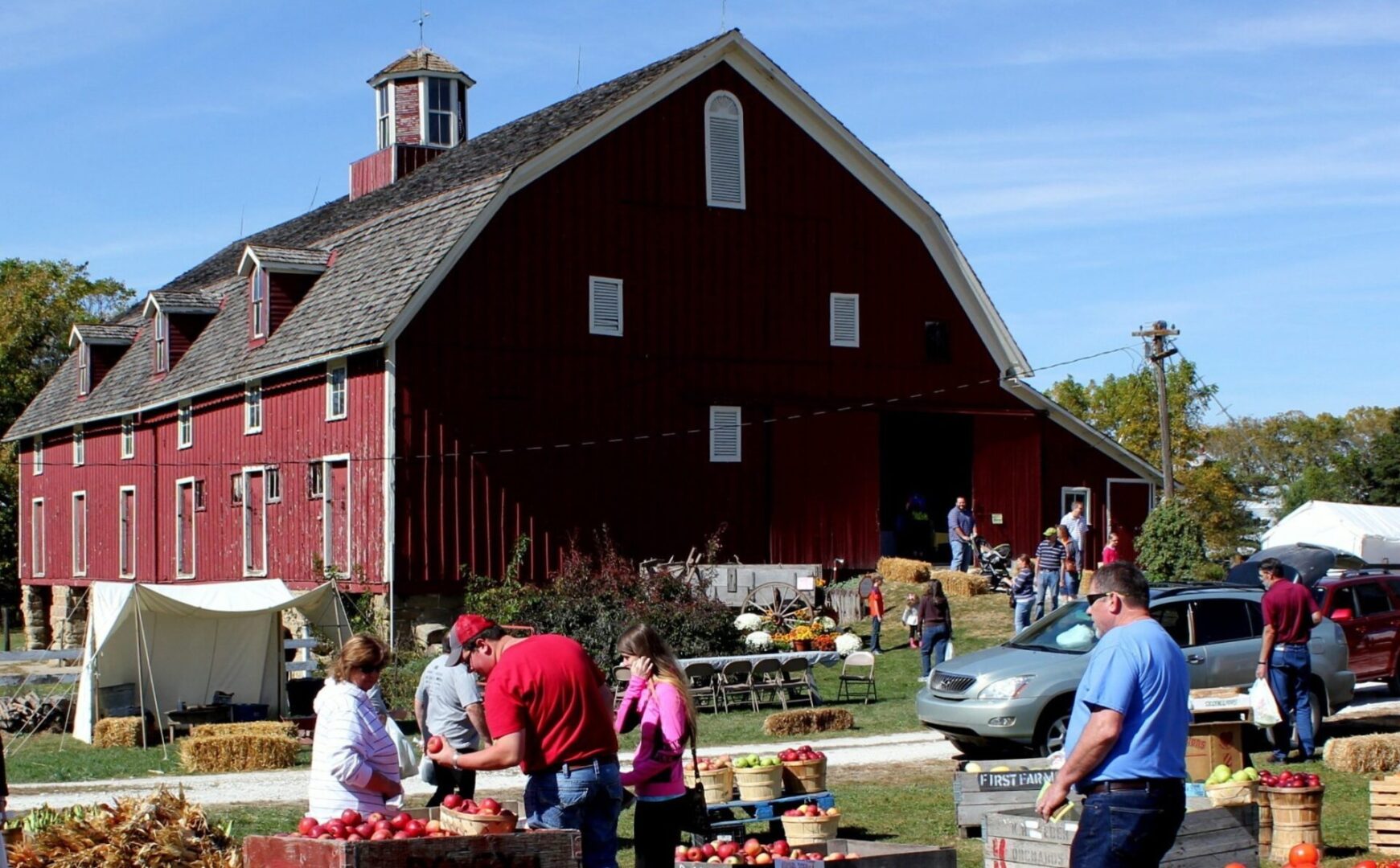The days of planting corn first are shifting as farmers and researchers continue to see increased yields in their early-planted soybeans. Fred Below, a Professor of Crop Physiology shares this is partly because of today’s seed technology.
“If I plant it earlier, I have a greater chance of covering the ground with leaves on the longest day, and that increases light interception, says Below. “But the big reason to plant soybeans earlier is, if you plant soybeans earlier, you get an extra node or two. And nodes give me the potential for more pods, and pods give me the potential for more seeds, and if I have more seed, that’s yield when it comes to soybean.”
While re-evaluating longtime state soil testing, Below found that farmers planting beans on unfertilized fields with lower soil fertility, should be planted earlier than high fertility fields. Below adds his team was surprised to see that soil tests for early planted soybeans did not predict yields well.
“When we plant the soybean crop early, it grows fairly slow- it doesn’t really take up its nutrients until later in the season, so the soil is able to supply them, even if the soil test is not high,” says Below. “When we plant late, then that crop grows so fast because the temperatures are warmer, and it has a greater requirement for nutrients, because it’s growing fast, and then we need those higher soil test values.”
Below adds the information they gathered on soil fertility comes from ten years worth of soybean research trials, which amount to over 130 individual trials from all across the state of Illinois.














